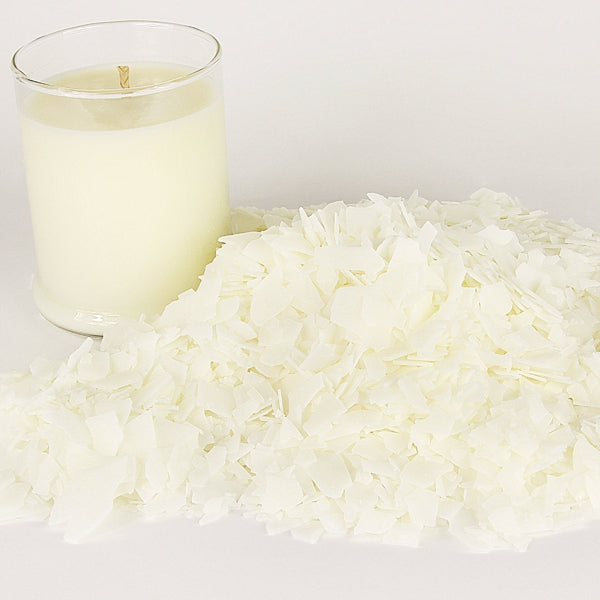From Wick to Wax: Understanding the Chemistry Behind Soy Wax Candles and Their Environmental Effect
As we illuminate our spaces with the warm glow of candles, there lies a realm of elaborate chemistry behind the relatively simple act of lighting a soy wax candle. Join us as we unwind the clinical complexities behind soy wax candle lights and discover their effects on our environment.
Soy Wax Vs. Paraffin Wax
When comparing soy wax and paraffin wax for candle production, it is important to comprehend the unique attributes and advantages of each product. Soy wax is an all-natural, renewable energy stemmed from soybean oil, making it biodegradable and green - crystal soy candles. On the other hand, paraffin wax is a by-product of petroleum refining, which increases concerns concerning its ecological effect and sustainability
Soy wax candle lights burn cleaner and send out much less soot compared to paraffin wax candles, making them a healthier selection for indoor air high quality. In addition, soy wax has a reduced melting point, permitting for a longer-lasting candle that disperses fragrance a lot more successfully. Paraffin wax, on the various other hand, tends to melt faster and much less cleanly, potentially releasing harmful chemicals right into the air.
From a sustainability viewpoint, soy wax is preferred for its biodegradability and sustainable sourcing, lining up with the growing customer preference for ecologically conscious items. While paraffin wax has actually been a typical choice in candle making due to its cost and ease of usage, the shift in the direction of environment-friendly alternatives like soy wax is acquiring energy in the market.
Chemical Structure of Soy Wax

Combustion Refine in Soy Candles
The chemical structure of soy wax directly influences the combustion process in soy candle lights, influencing factors such as shed time, aroma launch, and ecological influence. When a soy candle light is lit, the warmth from the flame melts the wax near the wick.
The burning efficiency of soy candle lights is influenced by the purity of the soy wax and the quality of the wick. A clean-burning soy candle with a correctly sized wick will produce a steady flame and decrease residue development. This not only extends the burn time of the candle yet also improves the release of scents. Furthermore, soy wax candle lights anonymous have a lower ecological influence contrasted to paraffin candle lights as a result of their naturally degradable and sustainable nature.

Ecological Benefits of Soy Wax

Taken into consideration a lasting alternative to typical paraffin wax, soy wax supplies significant ecological advantages that make it a preferred option among eco-conscious consumers. One significant advantage of soy wax is its renewable sourcing. Soy wax is derived from soybean oil, which is predominantly cultivated in the USA. The growing of soybeans aids support neighborhood farmers and reduces the dependence on non-renewable nonrenewable fuel sources made use of in paraffin wax manufacturing. Additionally, soy wax is biodegradable, suggesting it breaks down normally without launching dangerous toxins right into the environment. This particular makes soy wax candles an extra eco pleasant alternative compared to paraffin wax candle lights, which are made from oil, a non-renewable source. Moreover, soy wax burns cleaner and creates less soot than paraffin wax, adding to far better interior air quality and lowering the need for cleaning and maintenance. In general, the environmental advantages of soy wax straighten with the expanding need for environment-friendly and lasting products in the marketplace.
Recycling and Disposal Factors To Consider
Recycling and proper disposal of soy wax candle lights play a crucial role in keeping environmental sustainability and minimizing waste in neighborhoods and homes. The first step is to make sure you can try this out that the candle light has melted entirely when it comes to reusing soy wax candles. This can be attained by enabling the candle to melt until the wick is no more useful, and after that letting the staying wax cool and solidify. Once the wax has actually strengthened, it can be very carefully gotten rid of from the container.

In terms of disposal, if recycling is not a choice, soy wax candles are biodegradable and can be securely taken care of in most household waste systems. It is constantly advised to examine with neighborhood reusing centers or waste administration solutions for details standards on candle disposal to make sure appropriate handling and ecological protection.
Conclusion
In conclusion, the chemistry behind soy wax candle lights exposes their ecological benefits over paraffin wax candles. Soy wax, obtained from soybean oil, burns cleaner and generates much less soot when contrasted to paraffin wax.
When contrasting soy wax and paraffin wax for candle light making, it is important to understand the distinct attributes and advantages of each product (crystal important site soy candles).Soy wax candles melt cleaner and release less residue contrasted to paraffin wax candles, making them a much healthier choice for indoor air high quality.Thought about a sustainable option to traditional paraffin wax, soy wax supplies significant environmental benefits that make it a popular option amongst eco-conscious consumers. Soy wax burns cleaner and generates much less residue than paraffin wax, contributing to better interior air top quality and decreasing the need for cleaning and upkeep.In verdict, the chemistry behind soy wax candle lights discloses their environmental benefits over paraffin wax candles